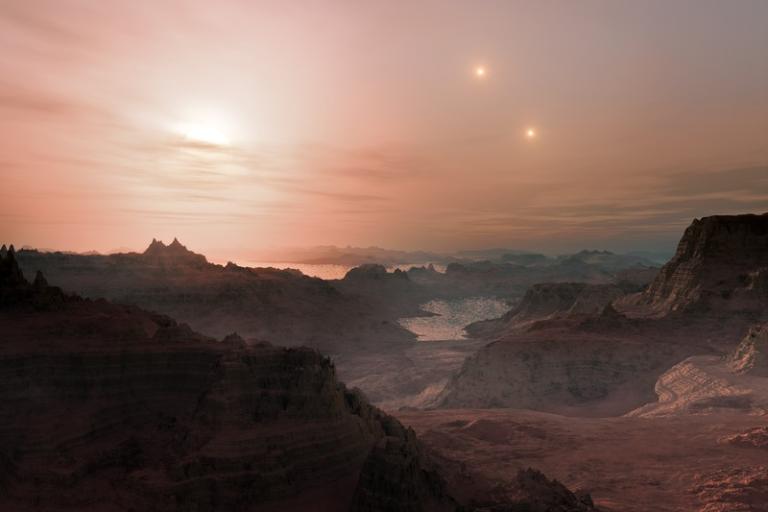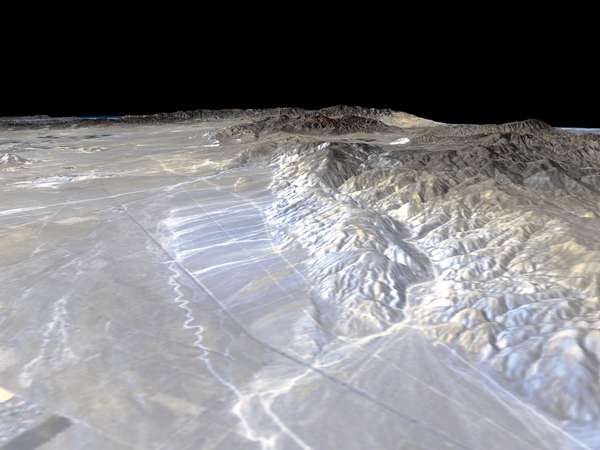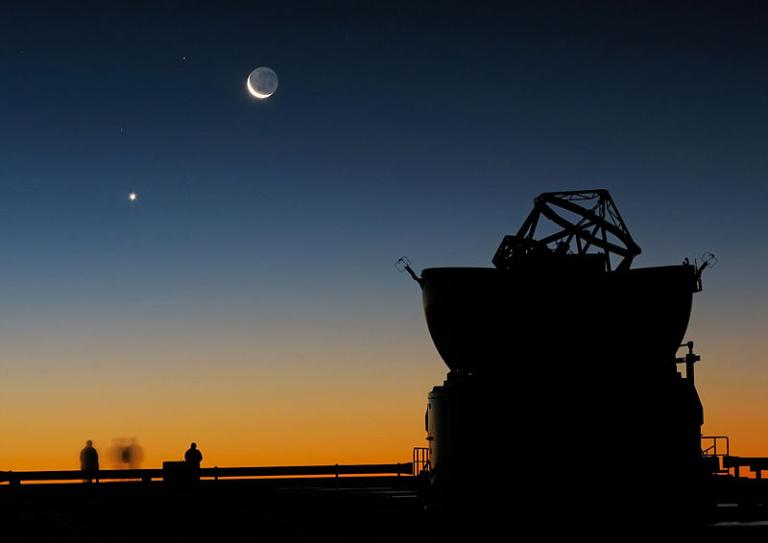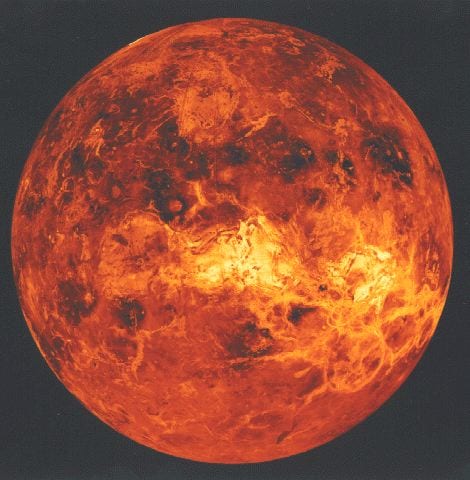
Some final notes from Scientific American titled “Shadows of Other Worlds,” Scientific American (March 2018), by Professor Joshua N. Winn, an astrophysicist at Princeton University:
The Kepler satellite, which will shortly be retired, has distinct limitations in identifying and characterizing exoplanets. For one thing, the transit signal of an exoplanet can tell us a planet’s diameter, but not its mass. We can’t tell if a given exoplanet is a dense, rocky, more or less solid planet like Earth, or gaseous and diffuse like Jupiter and Saturn (for which it’s difficult to tell where the planet’s atmosphere ends and where the planet’s surface begins). We need both mass and diameter in order to tell.
Since we can’t see exoplanets directly, we usually can’t determine their mass except by measuring how much they pull their parent stars around. The star’s wobble can be measured by using the Doppler effect, the small shift in a star’s wavelength caused by its motion toward us or away from us.
Coming satellites will have much more power than Kepler.
TESS, for example — see my first entry in this little series — will have more than one camera. Each camera will be able to see nearly six times as much of the sky as Kepler has, and, unlike Kepler, the satellite will be able to rotate in order to look in different directions.
TESS will launch very shortly. It’s a NASA project. Over the next two years, it will scan about 90 percent of the sky. It will, scientists expect, discover thousands of planets — and perhaps about a dozen within the habitable zones surrounding their stars. However, it will be limited to finding planets that orbit very quickly, in a few weeks or less. (The decision to so limit it came from budget concerns.)
Looking at a few thousand red dwarf stars, Kepler found them to have more close-in planets than Sun-like stars. So TESS will target about 50,000 red dwarfs among the several hundred thousand stars that it studies.
Three planetary systems have been found by Earth-based telescopes, but they’ve been exceptionally interesting. TRAPPIST-1, for instance, has fully seven (7) Earth-sized planets, at least two of which are in its star’s habitable zone. (The name TRAPPIST, incidentally, is supposed to be an acronym. According to Dr. Winn, though, it really refers to a favorite beer of its Belgian principal investigator, Michaël Gillon, who has now named an even more ambitious project after one of his favorite cookies, SPECULOOS,)
CHEOPS will be launched not long after TESS, probably before the end of 2018. It’s a project of the European Space Agency. With a single telescope, CHEOPS will concentrate on individual stars that have already been identified as having at least one planet orbiting around them.
“TESS, CHEOPS and SPECULOOS,” writes Professor Winn, “are acting as finderscopes for the next great observatory, the James Webb Space Telescope. This $10-billion spacecraft is scheduled to launch in 2019. Among many other things, this technological marvel will be by far the most powerful tool available for transit spectroscopy. But the Webb telescope has a planned lifetime of only five to 10 years before it runs out of the fuel it needs to maintain its orbit. This timetable creates some urgency to discover the best and brightest targets in the sky.”
These are exciting times, scientifically speaking.












